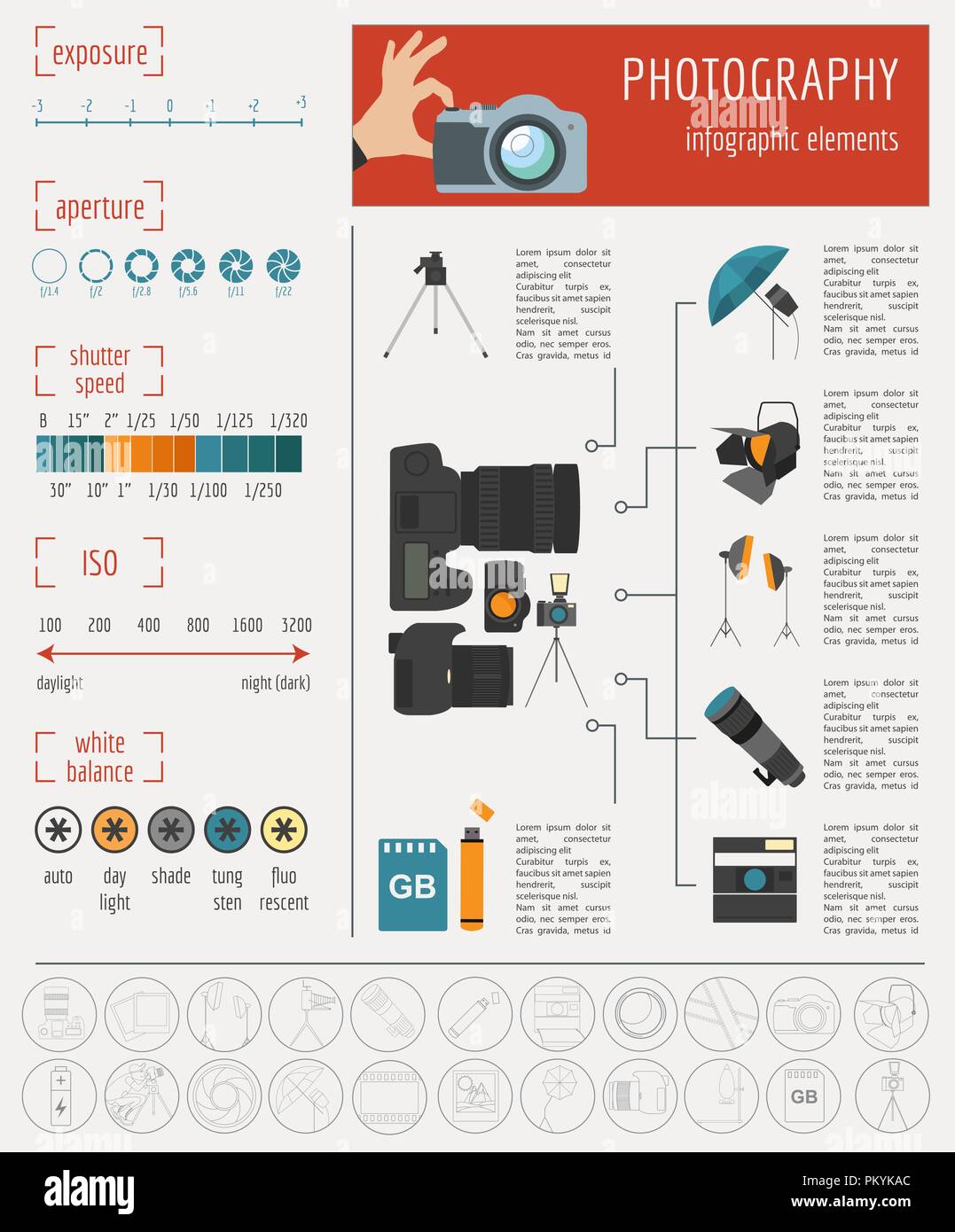What Every Professional Photographer Ought To Understand About Lights
What Every Professional Photographer Ought To Understand About Lights
Blog Article
Writer-Gillespie Fraser
As a professional photographer, you understand that lights can make or damage your photos. Understanding the nuances of both all-natural and synthetic light is important for capturing the state of mind and quality you aim for in your work. Whether you're going after the perfect golden hour radiance or adjust your synthetic setups, grasping these components can boost your digital photography dramatically. But there are common mistakes that numerous overlook, and identifying them can transform your method to every shoot. Allow's discover what you might be missing out on and exactly how it can impact your results.
Comprehending Natural Light
Recognizing natural light is essential for any digital photographer looking to improve their job. It's the structure of terrific photography, influencing mood, tone, and clarity. When you shoot outdoors, take note of the moment of day. The golden hour-- shortly after daybreak and prior to sunset-- uses soft, warm light that can change regular scenes into stunning images.
Do not take too lightly the power of cloudy days. Cloud cover diffuses sunlight, producing a soft, even light that's ideal for portraits and macro digital photography. You'll discover colors appear this type of illumination without severe darkness.
Positioning matters, as well. Constantly consider your topic's alignment to the light source. If the sunlight's behind your subject, you may end up with a silhouette, which can be remarkable however mightn't be what you desire. On the other hand, direct sunlight can develop uncomplimentary shadows.
Experiment with angles; in some cases, altering your viewpoint can produce remarkable outcomes. Use natural reflectors, like water or sand, to bounce light onto your subject, adding dimension.
Mastering Artificial Light
Understanding man-made light is important for professional photographers who intend to take their abilities to the following degree. Whether you're making use of speedlights, studio strobes, or continual lights, understanding just how to control these sources can significantly enhance your photos.
Start by acquainting yourself with the fundamentals of light quality, direction, and color temperature. Explore various modifiers like softboxes, umbrellas, or grids to control the soft qualities or violence of the light.
You'll find that soft light often produces flattering results, while harsher light can include dramatization and depth. Do not avoid shadows; they can enhance the three-dimensionality of your subjects.
Pay close attention to the placement of your lights. A light located also near to your subject can develop uncomplimentary outcomes, while also away can cause an absence of detail. Utilize a light meter or your video camera's histogram to ensure you're subjecting correctly.
Finally, keep in mind that man-made light can be blended with ambient light for innovative results. Stabilizing these resources may take practice, but once you grasp it, your digital photography will really beam.
Strategies for Different Scenarios
When you enter various shooting circumstances, adapting your lighting methods is vital for recording the most effective images. For exterior pictures, make use of the golden hour-- morning or late afternoon light-- to soften darkness and boost skin tones.
If it's an extreme midday sun, consider using a reflector to bounce light back onto your topic or seek shaded areas for a more even direct exposure.
In low-light scenarios, like indoor events, raise your ISO and utilize a large aperture to let in even more light. A tripod can aid eliminate electronic camera shake, allowing for longer exposures without blurring.
If pop over to this website shooting at night, experiment with off-camera flash to develop vibrant illumination and depth in your pictures.
For product digital photography, make use of diffused illumination to stay clear of extreme representations. Softboxes or light outdoors tents can help attain this result.
When photographing https://telegra.ph/Imaginative-Digital-Photography-Ideas-Releasing-Your-Creativity-01-08-2 , take into consideration the instructions of light and time of day, as it can drastically change the mood of your shot.
Constantly prepare to adjust your settings and positioning based upon the circumstance, as adaptability is key to grasping lighting in digital photography.
Verdict
In conclusion, mastering lights is vital to boosting your digital photography abilities. Welcome all-natural light's elegance throughout golden hour, and do not avoid trying out fabricated light strategies. By adapting your technique to different scenarios, you'll record spectacular images that reverberate with feeling and clearness. Bear in mind, the ideal illumination can change a regular shot into something extraordinary, so maintain practicing and fine-tuning your understanding of both all-natural and artificial light. Satisfied shooting!
